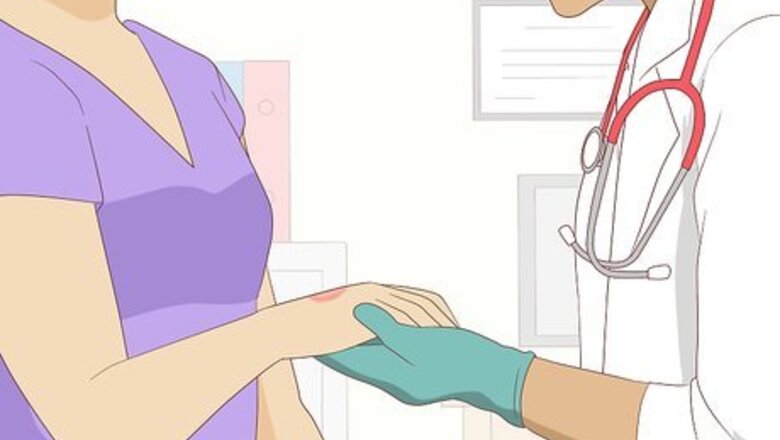
views
Visiting the Dermatologist
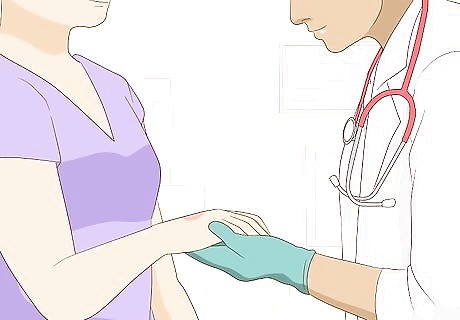
See a dermatologist for a correct diagnosis. While you might want to avoid seeing the doctor, granuloma annulare is tough to diagnose on your own. While it's harmless, other conditions could present a similar rash. That’s why it’s important to see a dermatologist and rule out other causes. With an examination, the dermatologist can confirm that you have granuloma annulare and recommend the next steps for treatment. Granuloma takes a few months at least to clear on its own, so the rash won’t disappear suddenly. This is a tell-tale sign of granuloma. Granuloma is often mistaken for ringworm, a fungal infection that clears up with antifungal cream. The most common form of this condition is localized granuloma annulare. This causes small red bumps in a limited area that merge into a circular rash. Different forms could present a rash over a wider area, small bumps under the skin, or a scaly, itchy skin irritation. All are harmless and treated in the same ways.
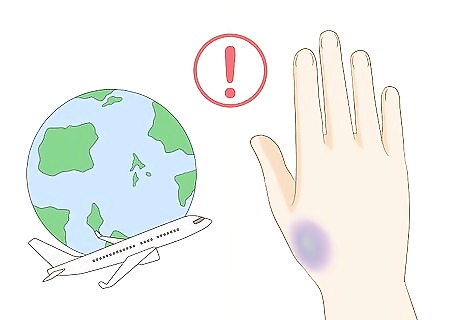
Inform the dermatologist if you’ve recently traveled or received an injury. Doctors aren’t sure what triggers granuloma, and it probably has multiple causes. However, it may be associated with a recent injury or exposure to some kind of unfamiliar chemical. This could happen while you’re traveling or working around corrosive chemicals. In any case, inform the dermatologist of any injuries you’ve had, traveling you’ve done, or chemicals you’ve been exposed to. There is no particular locations where you might get granuloma from. However, since insect or animal bites and sun exposure can trigger it, then tropical locations could put you at a higher risk. Granuloma may also be from an autoimmune response, in which case there really is no trigger.
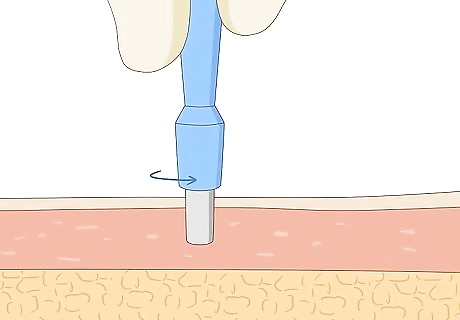
Have a biopsy to make sure the rash isn’t malignant. The dermatologist may be able to recognize granuloma with just a physical exam, but it’s common to do a biopsy on any skin rashes to check for skin cancer. Don’t worry if your dermatologist does this test–in most cases this is entirely routine and comes back negative. The dermatologist will take a small skin sample from the rash and look at it under a microscope to rule out skin cancer. If the dermatologist isn’t sure what’s causing the rash, they may also try a CT scan or blood test. This is to rule out other conditions like ringworm, which causes a similar rash.

Let minor cases clear up on their own. If your dermatologist determines that you have granuloma annulare, they may recommend that you do nothing to treat it. The rash is harmless and most cases clear up in a few months to 2 years. This may seem like a long time, but it’s possible that trying to treat the rash will cause more problems. Follow your dermatologist's recommendation for the next steps in your treatment.
Treatment Procedures
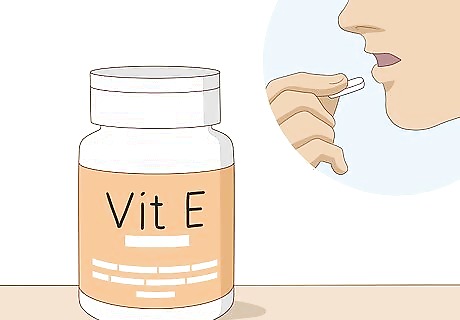
Try vitamin E supplements for a natural approach. If you'd like to avoid medicines or chemicals to treat granuloma, then vitamin E might help. Studies show that a daily vitamin E supplement could help granuloma clear faster. Try having 400 IU (international units) of vitamin E each day for 8 weeks to see if this helps.
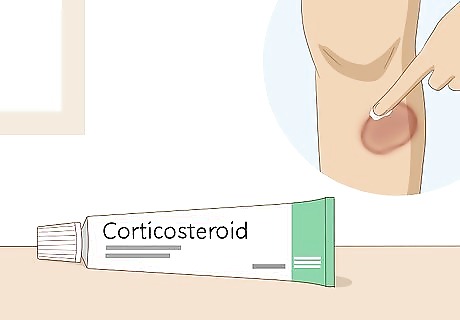
Apply corticosteroid cream to the affected area. Corticosteroids can heal inflammation on your skin, so this is usually the first treatment that dermatologists recommend to clear the rash. You don’t need a prescription for these medications, so get the type that your dermatologist recommends for you. Then, apply it according to their directions to see if this helps you. General instructions for corticosteroid creams are to rub it onto the affected area twice a day for 2 weeks, then contact your doctor if you don’t see any improvement. However, follow the specific instructions from your dermatologist or the product directions. In some cases, your dermatologist might recommend covering the area with a bandage to keep the medication on your skin.
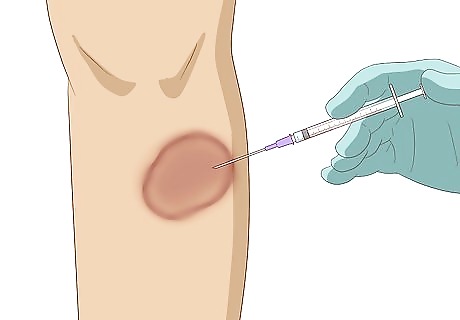
Have steroid injections for a stronger treatment. If creams or vitamins don’t clear the rash, your dermatologist may try injecting corticosteroids under your skin. This delivers a direct dose that might be better for clearing the rash. Usually, the dermatologist will give you an initial round of injections, and then ask you to come back for follow-up injections every few weeks. This might clear the rash within a few months. Steroid treatments usually work best for localized granuloma that hasn’t spread. If it covers a larger area, then they’ll probably try something else.
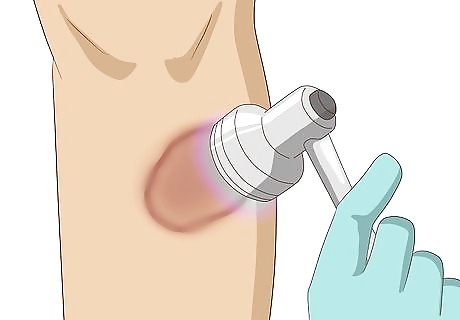
Try light therapy to clear the rash. Light therapy uses UV rays to heal problems on your skin. There are two types of light therapy, PUVA and laser treatment. Your dermatologist can do either in their office. For PUVA treatment, you’ll take a drug called psoralen, which makes your skin more sensitive to UV light, and then the dermatologist uses a wand to shine UVA rays onto the rash. For laser treatment, the dermatologist will focus a ray of strong light onto the rash. Both try to prevent inflammation on your skin. You’ll probably need several sessions to see any results. For PUVA treatment, you may need to return for a few repeat visits before the rash improves. Laser therapy often shows faster results, but not always. Light treatment and phototherapy slightly increase your risk of skin cancer, but they’re safe as long as you use them exactly as directed.
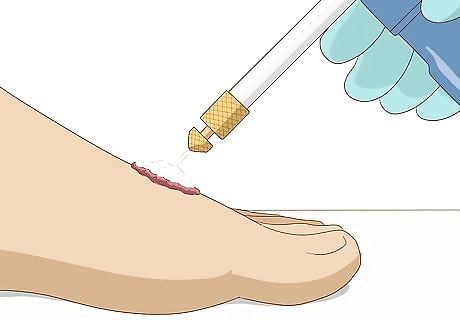
Remove raised lesions by freezing them. This is the most aggressive treatment for granuloma because it involves physically removing the lesions. It’s used if you have raised lesions instead of a simple rash. The dermatologist will freeze the lesions with liquid nitrogen. They’ll then either remove them or let the freezing process destroy them. Although a skilled dermatologist can do this without causing injuries, there is always a risk that your skin will scar after this treatment. Consider if this is worth the risk to remove the rash.
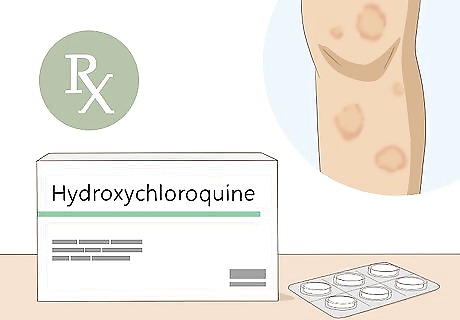
Take prescription medications for widespread cases. Oral medications are a less common treatment for granuloma, but sometimes they’re necessary for widespread cases. A number of medications might be effective to treat rashes over a wide area. Take the medications that your dermatologist prescribes exactly as they tell you to. Oral steroids work similarly to topical corticosteroids and can reduce inflammation on your skin. Although granuloma isn’t caused by a bacterial infection, some antibiotics are effective for clearing the rash. Dapsone and Accutane, usually used for acne or dermatitis, might help. Antimalarial drugs like hydroxychloroquine are also effective for treating granuloma. This may be because they suppress your immune system.

















Comments
0 comment